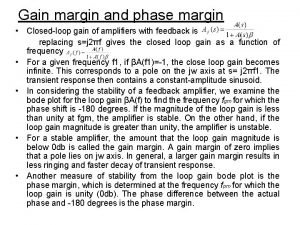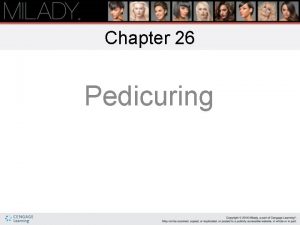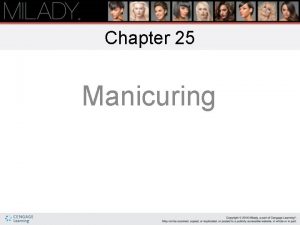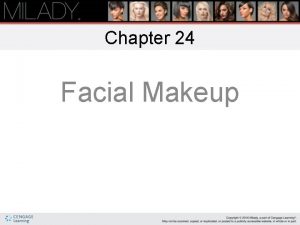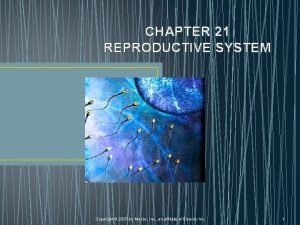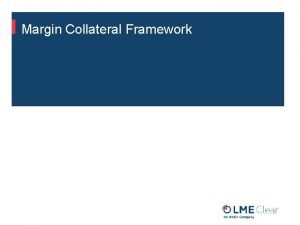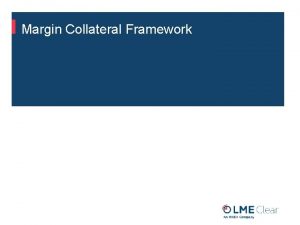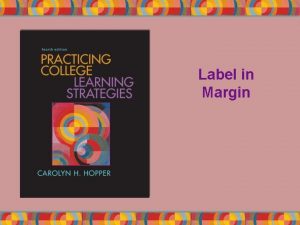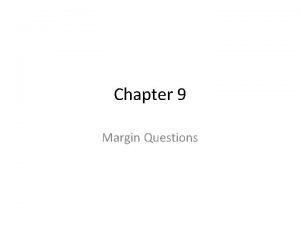Chapter 7 Margin Review Questions How did the











- Slides: 11

Chapter 7 Margin Review Questions

How did the history of Meroë and Axum reflect interaction with neighboring civilizations? • Both Meroë and Axum traded extensively with neighboring civilizations. • Both Meroë and Axum developed their own distinct writing scripts. • Axum adopted Christianity from the Roman world in the fourth century C. E. , primarily through Egyptian influence, and the region once controlled by Meroë also adopted Christianity in the 340 s C. E.

In what ways did the arrival of Bantu-speaking peoples stimulate cross-cultural interaction? • Bantu-speaking peoples brought agriculture to regions of Africa south of the equator. • They brought parasitic and infectious diseases. • Brought iron • Bantu-speaking peoples participated in networks of exchange with forest-dwelling Batwa (Pygmy) peoples.

• Bantu farmers in East Africa increasingly adopted grains as well as domesticated sheep and cattle. • They also acquired a variety of food crops from Southeast Asia, including coconuts, sugarcane, and especially bananas.

With what Eurasian civilizations might the Maya be compared? • Because of its fragmented political structure, classical Maya civilization more closely resembled the competing city-states of Mesopotamia or classical Greece than the imperial structures of Rome, Persia, or China.

In what ways did Teotihuacán shape the history of Mesoamerica? • Its military conquests brought many regions into its political orbit and made Teotihuacán a presence in the Maya civilization. • It was at the center of a large trade network. • The architectural and artistic styles of the city were imitated across Mesoamerica.

What kind of influence did Chavín exert in the Andes region? • Architecture, sculpture, pottery, religious images, and painted textiles were widely imitated in the region. • Became a pilgrimage site and perhaps a training center for initiates. • The Chavín religious cult provided for the first time and for several centuries a measure of economic and cultural integration to much of the Peruvian Andes.

What features of Moche life characterize it as a civilization? • Moche civilization dominated a 250 -mile stretch of Peru’s northern coast, incorporated thirteen river valleys, and flourished for seven hundred years beginning in 100 C. E. • Economy was rooted in a complex irrigation system that required constant maintenance. • Politically, the civilization was governed by warrior-priests, who sometimes lived atop huge pyramids

In what ways were the histories of the Ancestral Pueblo and the Mound Builders similar to each other, and how did they differ? • Their settlements were linked into trading networks, and they also participated in longdistance exchange. • Both created structures to track the heavens. • Both adopted maize from Mesoamerica.

• Mound Builders participated in an independent Agricultural Revolution and continued to supplement their diets by gathering and hunting until maize arrived from Mesoamerica after 800 C. E. • Ancestral Pueblo peoples acquired maize from Mesoamerica much earlier and settled into a more fulltime agricultural culture earlier in their development.

• MB created larger monumental architecture both in their burial mounds and in their geometrical earthworks. • AP people did create kivas as ceremonial centers and networks of roads that may have had religious significance. • The largest mound-building settlements, like Cahokia, were far larger urban centers than those of the Ancestral Pueblo. • AP society started later and did not last as long.
 Phase margine
Phase margine Corner frequency
Corner frequency Chapter review motion part a vocabulary review answer key
Chapter review motion part a vocabulary review answer key Chapter 8 summary lotf
Chapter 8 summary lotf Define a primary skin lesion and list three types
Define a primary skin lesion and list three types Light cured gels are not
Light cured gels are not Name five pieces of equipment unique to pedicures
Name five pieces of equipment unique to pedicures Chapter 25 manicuring review questions
Chapter 25 manicuring review questions Milady chapter 24 theory workbook answers
Milady chapter 24 theory workbook answers Skin care objectives
Skin care objectives Remove superfluous hair by dissolving it at the skin line
Remove superfluous hair by dissolving it at the skin line Copyright
Copyright
